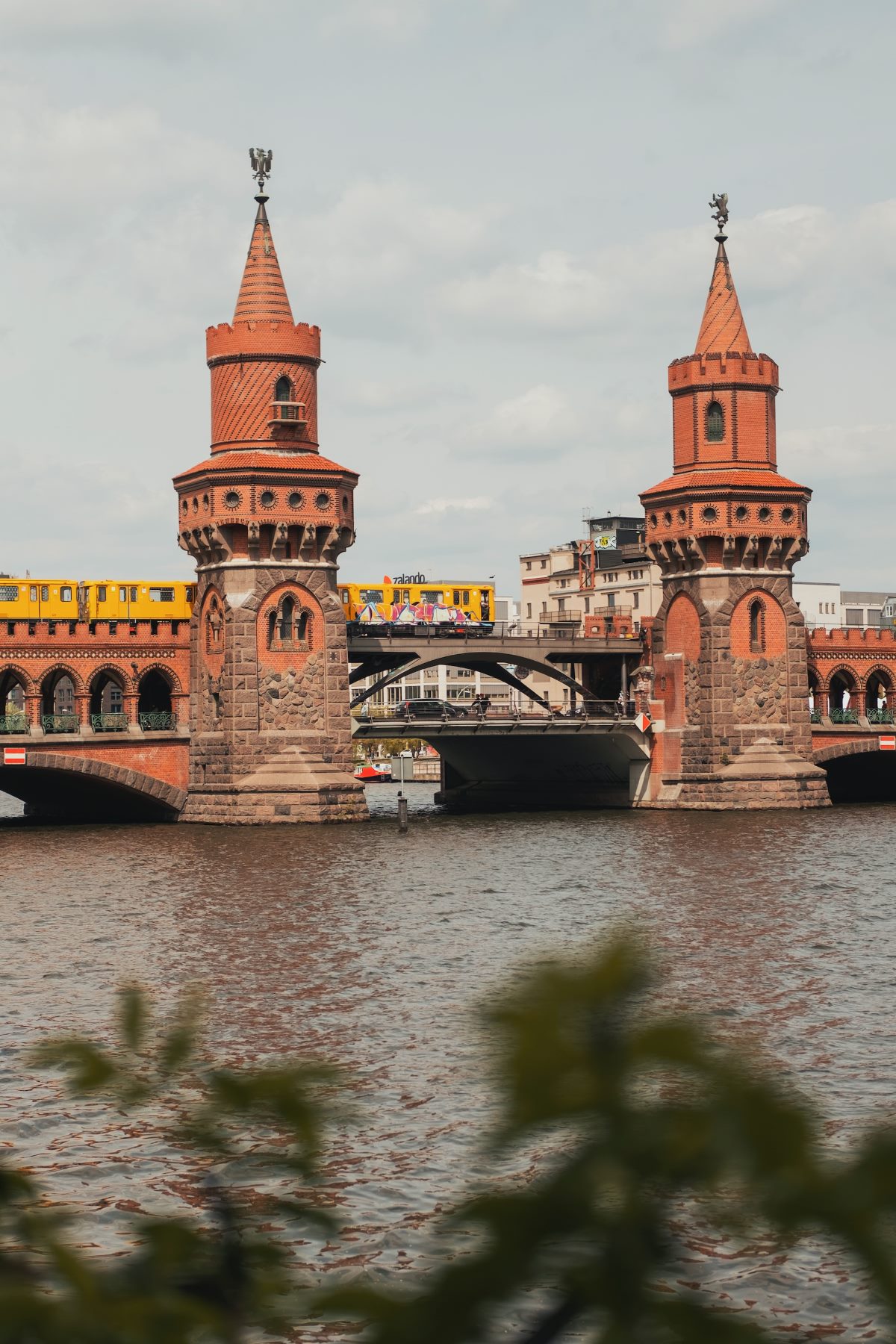Concentration camps are haunting reminders of a dark period in history, and Berlin, the capital city of Germany, has its own significant history with these dreadful places. In this blog post, we will explore the origins, key events, and legacy of the concentration camps in Berlin.
1. The Origins of Concentration Camps
The concept of concentration camps goes back to the late 19th century, but they became more prevalent during World War II, particularly under the Nazi regime. Berlin, being the political center of Nazi Germany, played a crucial role in the establishment and operation of numerous camps.
2. Key Concentration Camps in Berlin
One of the most infamous concentration camps in Berlin was Sachsenhausen. Established in 1936, it initially served as a model facility for training SS officers. However, it soon became a place of immense suffering and tragedy, incarcerating political dissidents, Jews, and other targeted groups.
Another notable camp was Ravensbrück, primarily built for imprisoning women. Located just north of Berlin, it held tens of thousands of women from various backgrounds throughout its existence.
3. The Horrors and Conditions
The conditions within concentration camps were brutal and inhumane. Prisoners endured forced labor, malnutrition, disease, and constant abuse. Many lost their lives due to the cruelty inflicted upon them or as a result of the harsh living conditions.
Within the camps, there were even smaller units known as subcamps. One such example was the Oranienburg subcamp, established in 1943 as an extension of Sachsenhausen, where prisoners were subjected to exhausting labor.
4. Berlin’s Liberation and Aftermath
As World War II came to an end, Allied forces liberated the concentration camps, including those in Berlin. The discovery of the horrific conditions shocked the world and created a lasting impact on international consciousness.
The surviving prisoners faced a long road to recovery, both physically and emotionally. Many dedicated organizations and individuals worked tirelessly to support and rehabilitate them, helping to shed light on the atrocities committed within the camps.
5. The Legacy and Remembrance
Today, Berlin stands as a symbol of remembrance and reconciliation. Memorials and museums serve as important reminders of the atrocities committed during the Nazi era. The Memorial to the Murdered Jews of Europe, located in the heart of Berlin, pays tribute to the millions of Jewish victims.
Remembering the history of concentration camps in Berlin is crucial to promoting tolerance, understanding, and preventing such atrocities from happening again in the future. Education and empathy play key roles in ensuring that we preserve the memory of those who suffered and perished.
Conclusion
The concentration camps in Berlin represent a painful period in human history. By understanding their history, we can honor the victims, pay tribute to the survivors, and work towards building a more inclusive and compassionate society.

